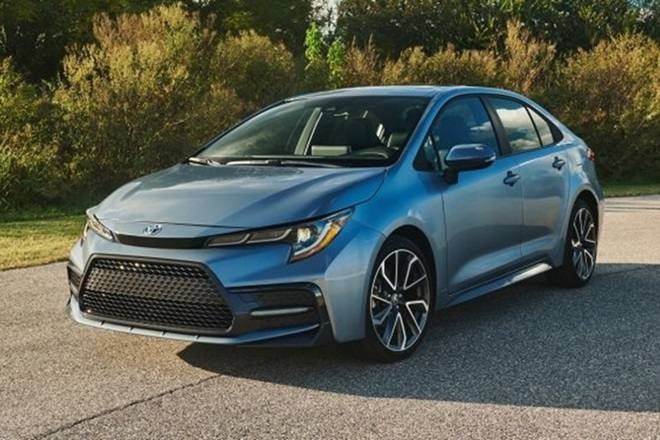Pritish Raj
With multiple options, better features and elegant styling, customers are either preferring to buy utility vehicles or compact cars, leaving behind the mid-size and executive sedans, which till 2016 was the most desirable segment.
Compact cars include compact hatchback and compact sedans, the likes of which are the Maruti Suzuki Baleno, Hyundai i20, Honda Amaze and Maruti Dzire. The segment has grown around 10% year-on-year (y-o-y) since FY16-17, while utility vehicles, the likes of which are the Hyundai Creta and Maruti Brezza, have also seen a consistent volume growth during the past three years.

The mid-size and executive sedan segment, on the other hand, which includes prominent models such as the Honda City, Maruti Ciaz, Hyundai Verna and Toyota Corolla, has been struggling to grow since 2017. Overall, the industry volumes of the segment fell nearly 17% y-o-y so far this fiscal (April-February), while during the last two financial years, volumes declined around 4% and 8%. During 2015 and 2016, the segment grew in the range of 8-15%.
Also read| 74% startups want government to separate data policy from e-commerce regulations, says survey
Meanwhile, compact hatchback and compact sedans together grew nearly 12% y-o-y in the April-February FY19 period. Volumes of the segment also rose 10% and 7% in FY18 and FY17, respectively. Likewise, utility vehicles have seen a y-o-y growth of 4% till February this year, while in FY18 and FY17, volumes grew 16% and 30%, data from Society of Indian Automobile Manufacturers (SIAM) showed.
Rajesh Goyal, senior VP & director-sales and marketing at Honda Cars India, feels the segment is for aspirational customers and for second-time buyers. “Consumers looking for extra leg and boot space along with unmatched comfort are the ones who prefer cars of this segment,” he told FE during a recent interaction.
Analysts at ICICI Securities said customers with deep pockets look for safety features, which are higher in SUVs. “One of the reasons for the rise of popularity of SUVs amongst consumers is the higher safety quotient attributed vis-a-vis sedans,” they noted.
As per SIAM’s definition, mid-size sedans are the ones with length between 4,250 mm to 4,500 mm. Sedans with length between 4,500 mm and 4,700 mm also fall under the executive sedan section. The Hyundai Elantra, Toyota Corolla and Honda Civic, among others, fall under the executive category. The executive segment fell 35.33% y-o-y in the April-February FY19 period.
In the mid-size section, popular model Honda City’s volumes fell 27% y-o-y in the April-February FY19 period and in the previous two years, volumes dipped 3.13% y-o-y and 25.23% y-o-y.
Maruti Suzuki’s sedan Ciaz sales shranked 43% y-o-y in the April-February FY19 period and 9% in the previous fiscal. Toyota’s Corolla volumes dipped 41.38% y-o-y in the 11 months to current fiscal, while volumes of Hyundai India’s Elantra declined 43.39%.
Low-volume players Volkswagen India have seen a significant dip in mid-size segment sales. While volumes of the Ameo and Vento sedans plunged 17% in the April-February FY19 period, sales dropped 30% and 3% in the previous two fiscals, respectively.
As per Gaurav Vangaal, senior analyst, forecasting, at IHS Markit, lack of limited product line-up is the primary reason for low demand of mid-size and above sedans. “Besides, millenials are preferring SUVs due to better style and design quotient, as well as more power,” he said.
ICICI Securities, in its report, said SUVs remain most popular both in online searches and views amongst millennials. They also continue to dominate the online video viewership in 2018.


